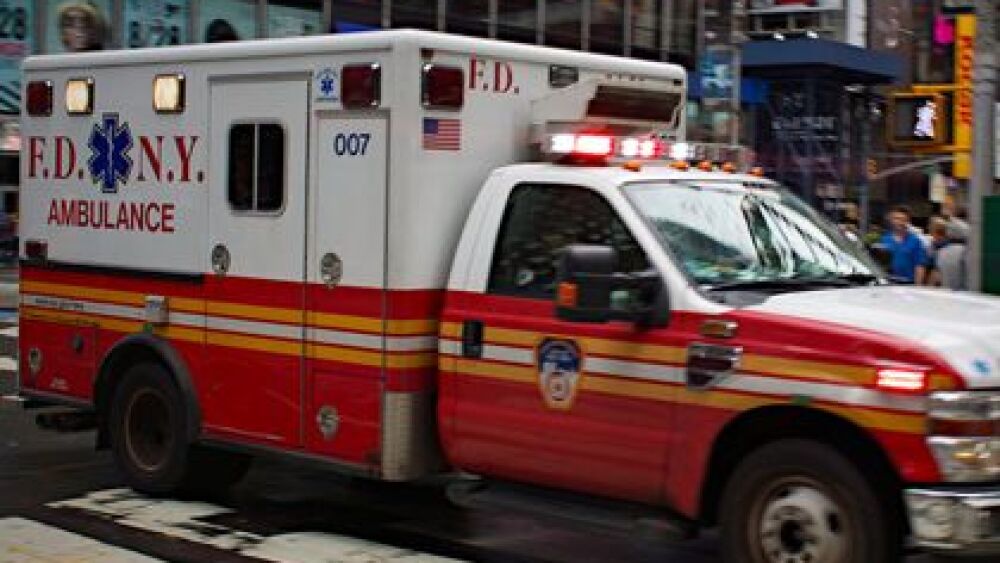By Michael Gartland
New York Daily News
NEW YORK — The is now partnering with to explore how to better use artificial intelligence to track traffic patterns in an effort to reduce emergency response times.
The new, , which announced Friday, is aimed at leaning on NYU’s expertise and incorporating additional data from the university that the city did not previously have access to.
“We have been doing this for a while internally. It’s really a matter of — the AI space is one that we just don’t have experts internally that can go to that next level,” Kavanagh said Friday during a City Hall press briefing. “Also by partnering with NYU, we get access to some datasets that private companies have, like Waze.”
is an app that uses AI to help drivers identify the quickest way to get from one point to another.
[RELATED: Artificial intelligence in EMS – The future is here]
The partnership with New York University comes as FDNY response times have been slower.
According to , the average response to all emergencies took 5 minutes and 53 seconds during a four-month period in 2023 — compared to an average of 5 minutes and 43 seconds during the same period in the prior year. In fiscal year 2021, response times were even lower — on average it took FDNY emergency responder 5 minutes 23 seconds to arrive.
Joseph Chow, associate director of , the ’s transportation center, said in a written statement that the partnership is an example of how the school can “create engineering solutions that improve urban mobility and make life better for all New Yorkers.”
“Communities like Harlem have been underserved in the past,” Chow said. “They can see significant benefits from faster emergency vehicle responses.”
The primary reason for increased response times is traffic, according to Kavanagh, who added that increased call volumes are also exacerbating the problem.
“Understanding not only that traffic is growing, but where and why and in what neighborhoods and being able to predict even how to place our resources, based on those traffic patterns, is really critical,” Kavanagh said. “We can’t control traffic, of course, but we can weigh in on where our resources are.”
FDNY spokeswoman Amanda Farinacci said the city’s partnership with NYU is being funded with $90,000 from the U.S. Transportation Department and $56,000 in FDNY personnel costs. The only city manpower staffing it, she added, is through the department’s data team.
Andrew Ansbro, president of the Uniformed Firefighters Association, slammed Kavanagh’s announcement as not nearly enough in addressing response times, which he said have led to a 7% dip in the number of people the FDNY has resuscitated on cardiac arrest and choking calls over the last four years. That dip, he said, translates to 2,000 less lives saved in 2023 when compared to 2019.
“New York City has been under-resourcing the FDNY for decades. The department is smaller than it was 10 years ago, 20 years ago, 30 years ago,” he said. “Every firefighter knows the reason response times are up is because runs are up, resources are down and bike lines and outdoor dining have screwed up traffic patterns.”
©2024 New York Daily News.
Visit .
Distributed by











